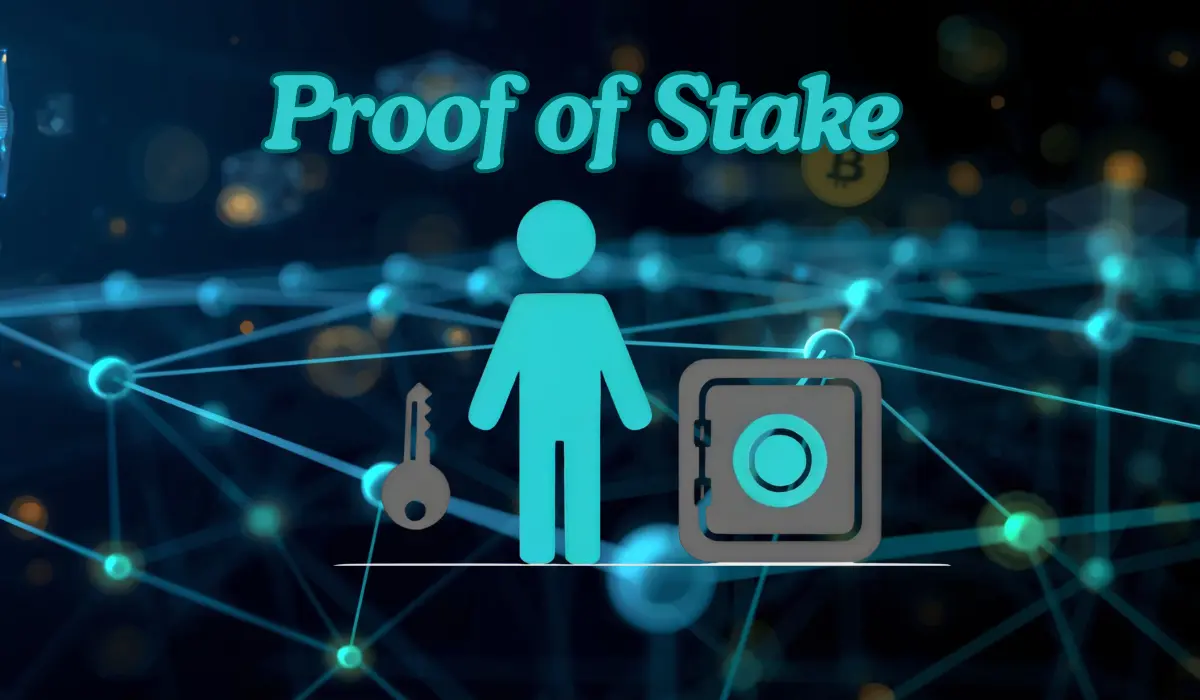What is Proof-of-Stake?

You might have heard about this term from here and there, but you might not be that familiar with it, and that is why you are here with us to know more about it. To put it in the simplest of terms, Proof of Stake or PoS is a general agreement that has been deployed in blockchain networks. For the users to validate new transaction blocks, PoS is required. Moreover, the rewards earned through properly validating these blocks are also credited through these PoS. However, this is not just everything you need to know about this consensus mechanism, and this article will give you answers to all your potential doubts regarding this mechanism in the sections that follow.
Proof-of-Stakes
Every blockchain technology out there will have a general agreement to work with, and this is termed as Proof-of-Stake or PoS. This is an effective replacement for the extensive computational efforts that might be required to carry out all the functionalities through the PoW or Proof-of-Work. Every transaction that happens within the blockchain network is verified using this consensus mechanism. Apart from that, creating new blocks of transactions is also the responsibility of these general agreements. When the validators or users hold their cryptocurrency tokens in the blockchain network or stake them, the transactions get validated by the PoS, and it will grant the users deserving rewards. Before the Proof-of-Stake mechanism, Proof-of-Work was deployed, which was not as energy-efficient as the current system.
The Working Mechanism of Proof-of-Stake (Pos)
We will help you understand the basic working mechanism of proof-of-Stake in 4 simple steps, as discussed below.
- Staking
Users have the option to hold any number of cryptocurrency tokens on the blockchain network for a stipulated period of time. In order to get this done, they will be required to transfer the cryptocurrency tokens to a separate account in the network. This transaction will be validated by the Proof-of-Stake mechanism. For a beginner-friendly staking guide, check Ethereum 2.0 Staking Guide
- Choosing the Validator
Among all the people who have participated in staking, the Proof-of-Stake mechanism will choose a validator. The validator selection is done according to the quantity of the staked cryptocurrency tokens by the users. The one with a higher number of staked tokens stands a higher chance of being selected as a validator by the Proof-of-Stake mechanism.
- Creating a New Block
This is the privilege that is granted to the validator by the Proof-of-Stake mechanism. The selected validator will get to create the new block of transactions in the blockchain network.
- Rewards and Penalties
When you get selected as a validator, you are not just getting the opportunity to earn rewards but also a responsibility to do it righteously. If the validator proposes a valid block, they are entitled to the rewards that come along with it. They might get credited with the transaction fees, and in some cases, they can also get the newly minted coins from the proposed block. However, this can also become a setback for the validator if the block is not valid or if they get involved in any kind of fraudulent activities within the network. In case of a penalty, the blockchain network will take away a majority of the cryptocurrency tokens that are currently owned by the validator.
What are the Purposes of Proof-of-Stake (PoS)?
Previously, when Proof-of-Work was in the mainstream, a lot of computational energy had to be used to carry out the same functions. This energy drain is no longer a concern once Proof-of-Stake has been deployed in the network. The rewards and penalties features enabled by the Proof-of-Stake mechanism make all the validators engage within the network to have that responsibility to take care of the integrity of the blockchain network, and also function honestly to earn rewards and also safeguard their existing cryptocurrency earnings. This can actually give an enhanced layer of security for the network.
Enhanced decentralization is another important feature of this PoS mechanism. The users of the blockchain system have the choice to either participate directly in the staking pools or to vest that responsibility in some other bigger stakers functioning actively within the blockchain ecosystem.
Bottom Line
That is everything you need to know about this general agreement called Proof-of-Stake that is widely found deployed in the blockchain technologies of these days. It can be understood as highly energy-efficient and smart when compared to its immediate ancestor, Proof-of-Work (PoW). The popularity and security of this mechanism are further locked in by the rewards and penalties features that are associated with it. We have also tried to incorporate some of the major benefits of deploying PoS into the novel blockchain networks, so that you will be able to comprehend the necessity of the mechanism in the present-day context of blockchain technology.
Crypto & Blockchain Expert
